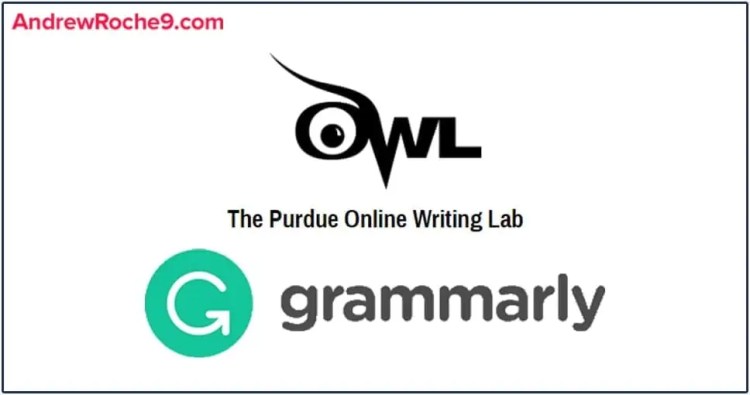LinkedIn is the platform of choice for professionals to network with other professionals. However, far too many LinkedIn users fail to make the most of the features that the platform has to offer. One such underutilized feature is the publishing element of the platform. You can honestly build a mini-blog consisting of well-written and effective LinkedIn articles via your profile!
This is a great way to drive traffic to your profile and earn views, especially if you post regularly. This, in turn, will increase the number of connections and relationships you form. Furthermore, you will likely collect more leads too! Here are a few tips on how to write effective LinkedIn articles that will drive traffic to your profile.
The benefits that come with an effective LinkedIn article are satisfying. However, writing one can be a challenge for some. This is true even for those experienced writers out there!
Back to basics
The first step in developing a powerful LinkedIn article is to brainstorm an idea to write about. Once you have identified the topic of your article, you then need to draft a rough outline. Make sure your outline is nothing more than topic sentences and general ideas. From there you can flesh out your article and go into greater depth.
At this point, you have a complete rough draft that has the potential to become a meaningful LinkedIn article. Now it is time to revise, revise, and revise some more. Nothing kills your credibility faster than poor grammar and misspelled words. If you’re not exactly a language guru, I strongly recommend that you use a grammar and spell checker such as Grammarly.
It really is clutch when it comes to writing anything you plan on publishing or sharing with your colleagues. The Purdue Online Writing Lab (aka Purdue OWL) is another excellent resource if you need to shake the rust off your writing engine!

How to craft an effective LinkedIn article
Clearly and effectively communicate your idea
What are you really trying to achieve when you post an article to LinkedIn? In short, your goal should be to communicate an idea to your peers. Perhaps you’re looking to share a new development in your industry. Maybe you have a unique opinion that you deem worthy of your network’s attention. Whatever the topic of your post, you best be sure that your audience will find it meaningful and engaging.
Whatever your rationale, taking the time to draft an article means you have an idea you wish to communicate. Your article topic must be is painfully clear if it is to qualify as an effective LinkedIn article. After all, nobody wants to waste time reading a fruitless piece of content…right?
It’s time to start writing an initial draft once you’ve identified your topic. Make sure you don’t go off on a tangent or stray too far from your core topic. If you don’t hit the nail on the head the first time around, scrap it and start over. Remember, Rome wasn’t built in a day.
If you don’t hit the nail on the head the first time around, scrap it and start over. Remember, Rome wasn’t built in a day.
Employing subheadings is a great way to organize an effective LinkedIn article that is also clear and to the point. Subheadings are also a great way to break up your article into smaller ideas or chunks of text. Furthermore, subheadings also make the article easier to digest and they also emphasize your key points.
Ask for honest feedback
Most writers don’t ask for feedback because they are scared of what people might say. This is the wrong way to go about writing. It is essential that you actively seek out feedback. No matter how ugly it might be, any feedback is better than no feedback. Furthermore, there is a correlation between the amount of feedback you receive and the quality of your writing over time.
The quality of your written work will develop in a positive way as you receive more and more feedback. The real kicker is that the better your writing, the more people will want to read it. So when all is said and done, feedback is a vital element and experience for any and all writers.
LinkedIn is a unique platform because most users make it a point to put their best foot forward. That being said, the majority of your audience will offer constructive criticism in lieu of vulgar critiques. You’re likely not going to have the same experience on other platforms like Facebook and Twitter. At the end of the day, seeking out criticism is the best way to sharpen your writing saw.

Effective LinkedIn articles keep your audience hungry for more
Each and every article you share must captivate your audience and provide some sort of benefit. However, make sure you don’t show your entire hand in just one post. Your audience will have no reason to visit your profile if you share all of your wisdom in one post. You need to find a medium that provides ample info, but leave your audience wanting more. If you strike this ideal balance, your audience will keep coming back and they’ll likely bring their friends too!
Furthermore, it isn’t easy to come up with topics to write about. It is helpful to employ a pillar or cornerstone approach of sorts. This involves structuring your articles in a way where you have major themes with pointed articles jutting out from them. This is also of great benefit since it makes linking your posts to one another that much easier!
Lastly, make sure you focus on one key topic per article. Otherwise, your writing will likely become sloppy and confusing to your readers.
Engage with your readers and show that you care
It’s okay to simply post your articles and let them sit there. However, it is extremely beneficial to engage with your audience when they leave comments. This is one of key ways to engage with your network that is frequently overlooked by most LinkedIn users.
In certain cases, the conversation that an article generates can be more beneficial than the article itself. Furthermore, engaging with your audience is an awesome way to identify topics for future articles! It is essential that you thank your audience for the positive feedback and engage with those who pose questions. These discussions highlight what interests your network and are a great source of topics to cover in future posts.
Effective LinkedIn articles include sources to increase your credibility
You may want to consider citing your sources to maintain your credibility depending on the nature of your article. In doing so, you show that you’ve done your research and are serious about the subject matter. However, it’s not necessary to cite your sources for opinion pieces or posts geared towards entertainment.
However, article rooted in professional or personal expertise most certainly require reliable facts. A great way to do this is to link to other widely accepted sources within the related industry. It’s essential to check that your sources are reliable because there’s nothing worse than spreading fake news!

It is equally important to not go overboard with your fact-checking. Remember, this is a LinkedIn article, not a peer-reviewed journal. One to three sources are typically more than enough to demonstrate to your audience that you’ve done your due diligence. The most essential reason to cite your sources is that it builds up your credibility with your readership. Who knows, other writers may start to reference your work at some point down the road!
Closing thoughts on effective LinkedIn articles
The above tips are a great starting point that will boost your credibility, both personally and for your business. However, the most important piece of advice that I have to offer is this – just start writing. You can plot and scheme all day, but you’ll never get the ball rolling unless you transfer your thoughts onto paper. That being said, why not start working on an article today?!




